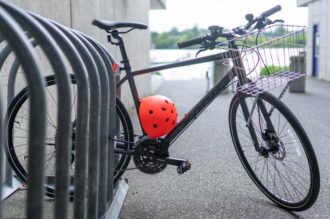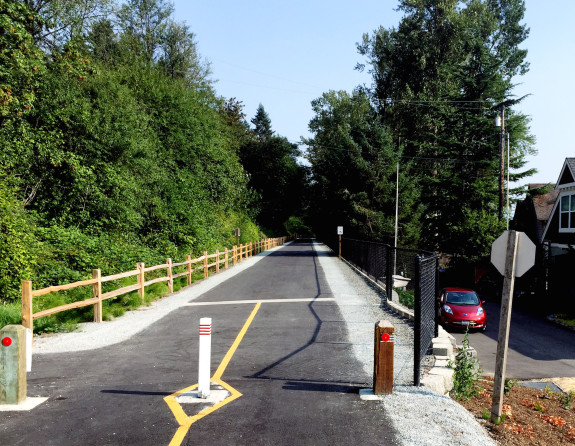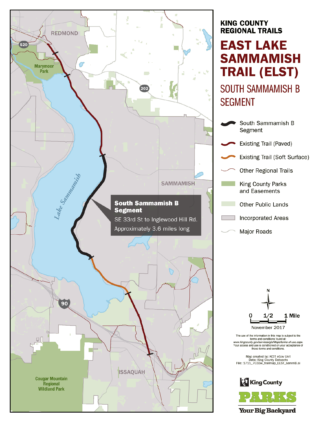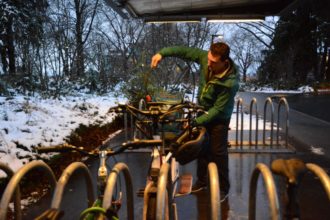 It’s hard to think of many potential bike lanes in Seattle as important and fundamentally game-changing as Eastlake Ave. I would probably put it at number two behind only Rainier Ave. There is no other viable option for a quality bike route along the east side of Lake Union between the University Bridge and South Lake Union.
It’s hard to think of many potential bike lanes in Seattle as important and fundamentally game-changing as Eastlake Ave. I would probably put it at number two behind only Rainier Ave. There is no other viable option for a quality bike route along the east side of Lake Union between the University Bridge and South Lake Union.
Not only is the route today is one of the most dangerous for people biking, but it will also some day connect to the 520 Trail once the state completes their new connection between Montlake and I-5. So if you think Eastlake Ave is important today, just wait a decade when it becomes the most direct bike route between much of the Eastside and Seattle.
But bike lanes on Eastlake are not just about people biking through the neighborhood. They are also about opening up the neighborhood to customers on bike and providing more residents with a safe way to bike to and from their homes. And this is a chance to support local businesses and build more capacity for people to get there by bus and bike.
The Eastlake Ave remake is part of the larger RapidRide J project, which would include major bus priority improvements between downtown and Roosevelt. Because the project is due to receive significant Federal funding, it is currently undergoing a Federal environmental assessment (PDF). That’s where you come in. You can voice your support for the project, especially the Eastlake bike lanes, via this online comment form and by attending an open house or town hall meeting this week. The biggest meeting is likely to be Thursday’s 6 p.m. town hall at TOPS Elementary with Councilmember Alex Pedersen. From Share the Cities:
Show up to CM Alex Pedersen’s town hall at TOPS elementary school tell your personal story and connection to Eastlake and to show support for climate friendly changes and safety improvements in Eastlake that help all of us move throughout our city.
Let’s gather at 5:50 pm in one section of seats to show support. Share The Cities will be bringing small hand held paper signs & stickers to show support.
Handmade signs are welcome.
There are also drop-in open houses about the project all week: (more…)














